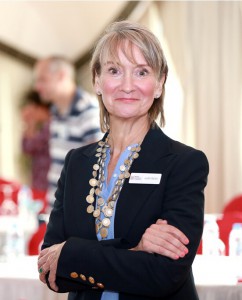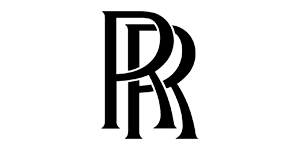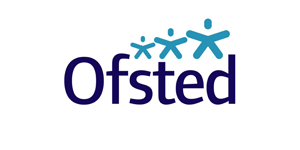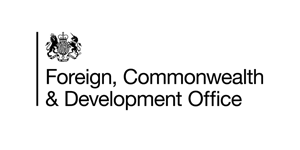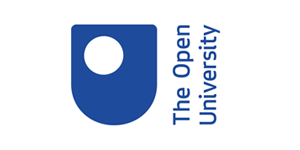The P.A.T Model

The NIKE tick and tagline “just do it” is probably one of the most recognised brands. This call to action may be interpreted as do it – now! Implying immediate action, dive straight in. Whilst diving straight in may work it isn’t an approach that is likely to be the most effective for the client.
The P.A.T Model is an approach I have developed and our coaching clients continually refine. It has been developed through commercial experience, coach and client practitioner experience, the needs of the sponsor, risk and reflection. I use this model to prepare myself and use it as a checklist.
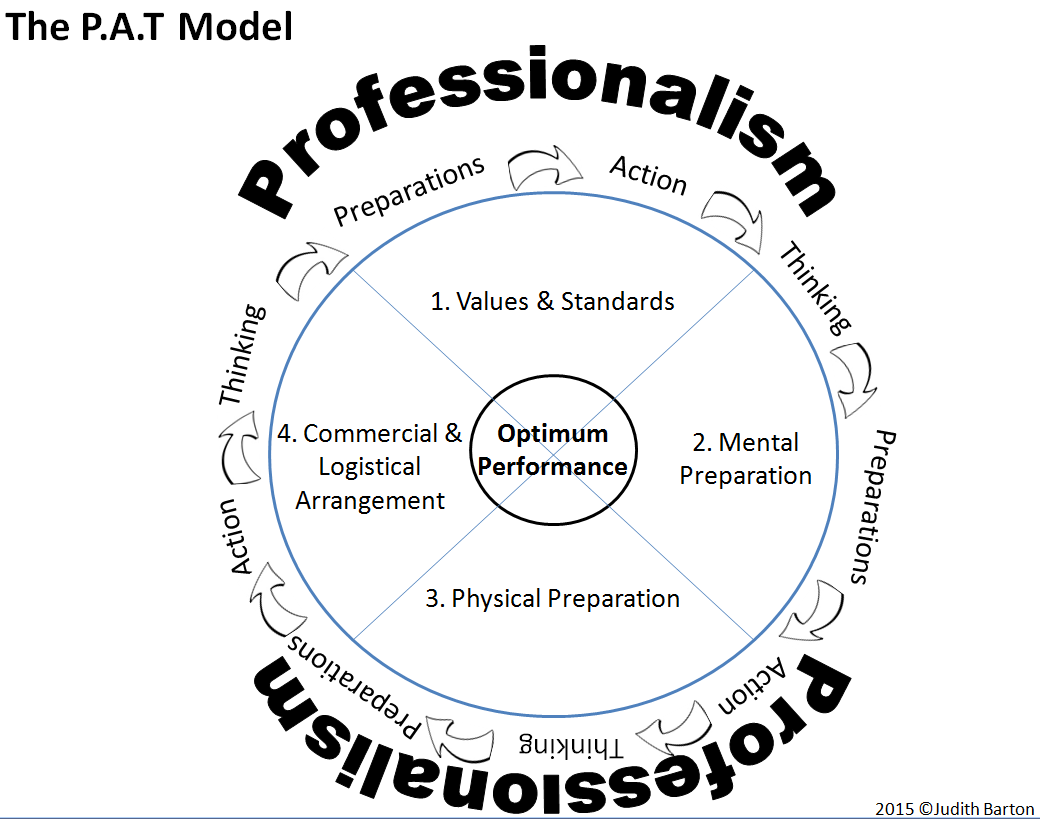
1. Values and Standards
Values are the basis of everything we do and shapes how we see professionalism. We define professionalism through many ‘frames’, culture, upbringing, parents, nationality, experience, own values, professional standards, the organisation we worked for, mentors and sponsors.
Every coach, just as every client, is different. Some clients will select a coach or mentor for their point of difference, e.g. a creative agency may wish to select a coach who presents in a more structured formal way. Whilst another client selected a coach that mirrored behavior they were aspired to for. This really highlights why the initial conversation (chemistry conversation) with a potential client is so important.
What is important is 1) recognising what sits under the professionalism heading for you and
2) having a consistent approach.
Standards and by some degree expectations are likely to be governed by the professional bodies you have elected to join (ISQC, AOC, EMCC, ICF – see bottom of page for references). Whilst professional bodies are not a complaints resolution service they do offer clients an assurance.
When I am coaching and training coaches I operate from the fundamental principle of ‘do no harm’. Many will recognise this as the corner stone of all practice, clinical, legal. This serves as a constant reminder to check ‘is this coaching assignment within the scope of my ability?’ Do you have a protocol in place for a referral? Do I have supervision in place?
2. Mental Preparation
“If you want a job done ask a busy person” is not necessarily the right approach when selecting a coach. If a busy person has a busy mind there may be little space left to think. Having the mental capacity to think before, during and after a session is the difference between an effective coach rather than an adviser, instructor or boss.
When training coaches I always ask them to prepare their mind, their mental space before a session, just as I would do their physical space – the environment they are coaching in.
Over the last 12 months at BSC we have introduced a mindfulness development workshop, introducing techniques aimed at coaches who may wish to introduce the approaches into their practice and those who may wish to practice the techniques as part of their lifestyle. Also it is not too late to sign up to the 30 days Mindfulness in Action programme (https://www.eventbrite.co.uk/e/2020-mindfulness-tickets-19528513309). This is a free daily email sharing mindfulness tools, techniques and reflection.
Managing our mind can be more difficult than managing our body and of course one directly impacts the other, so give it a go – why not commence your session with a 1 or 2 minute mindfulness exercise; we would love to hear how you got on (email Judith@britishschoolofcoaching.com).
3. Physical Preparation
At the November 2015 Coaching Network in the Middle East my colleague Brenda McKay who leads the mindfulness and wellbeing programmes opened the session by reminding us that “a 2% reduction in water intake has a 50% reduction in mental performance”.
The question I ask myself is what can I control that will have a positive impact on my performance as a coach? Hydration is one; food is the other very important one. For me, starting my day with food to sustain my energy and alertness is key for example: porridge, blueberries, a boiled egg and spinach. If the coaching sessions are later in the day avoid food highs and lows. It can create great energetic intros for 10 to 20 minutes and then a great low. Have an emergency food with you such as almonds, banana and of course water.
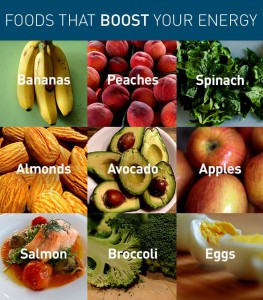
4. Commercial and logistical Arrangements
Whilst this features at the end of this blog it is one of the first things that I focus on.
It is essential to have a common understanding and agreement of the service to be delivered. This will include; scope, who the clients are, location, environment, specific requirements, client/sponsor needs, review time periods, type of feedback to sponsor if any and so on.
Operational details to make the session happen can appear very simple but work through the planning with precision. A tip is to view this from the client’s perspective. Check, for example, if you require any particular approvals to enter the client premises, e.g. passport photo ID. Or if working at an airport and you need to go airside you will require a police check; this takes time, can be up to 6 weeks in the UK.
If you intended (with the permission of the client) to record a session any equipment may need approval and pre-screening, especially if using a mobile phone. All this takes time and will incur costs.
Don’t take any aspects of logistics for granted. Remember don’t get lost on the way to the session or in the session.
References:
International Society of Qualified Coaches (ISQC)
Association for Coaching (AC)
European Mentoring and Coaching Council (EMCC)
International Coaching Federation (ICF)
